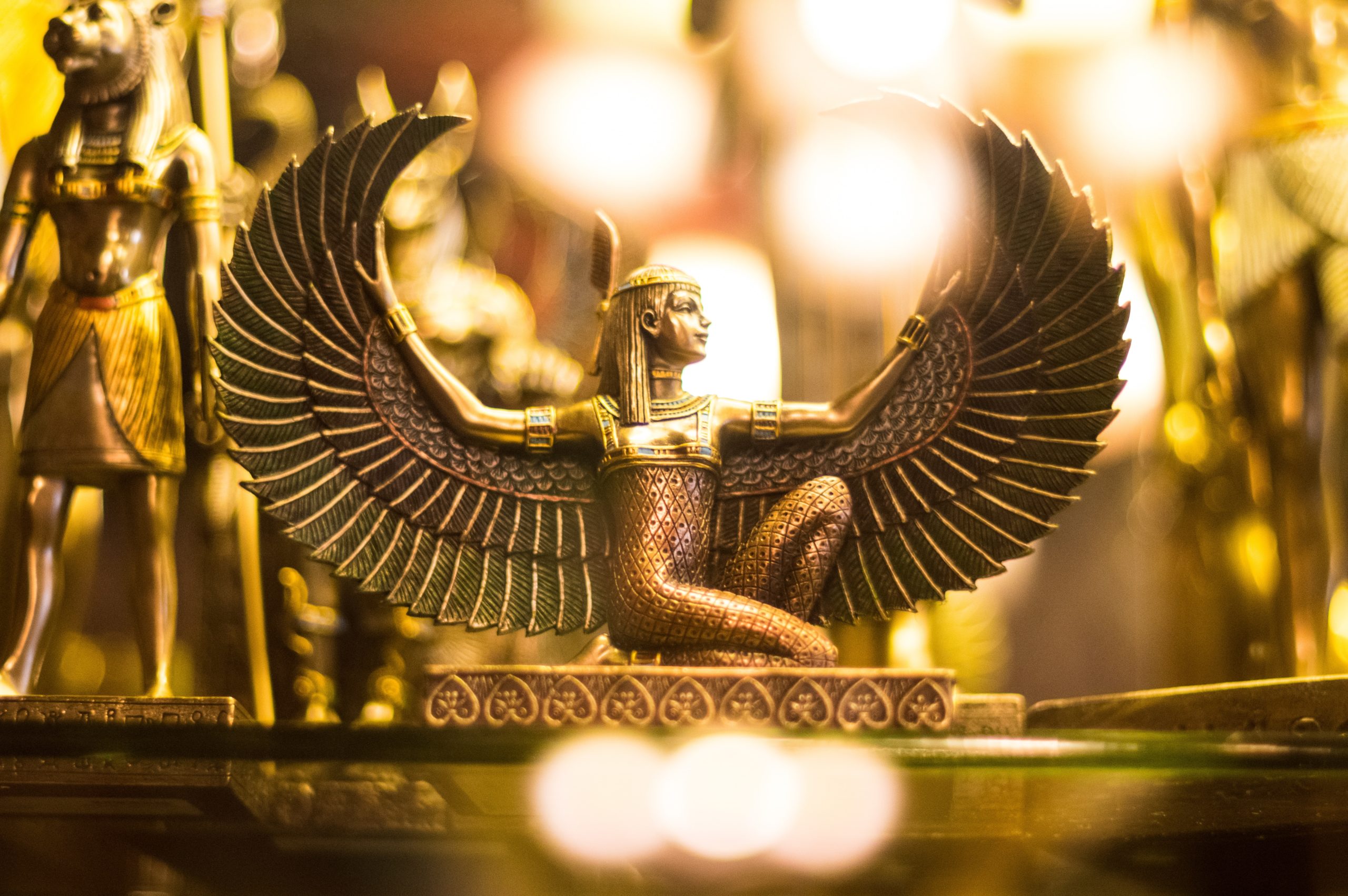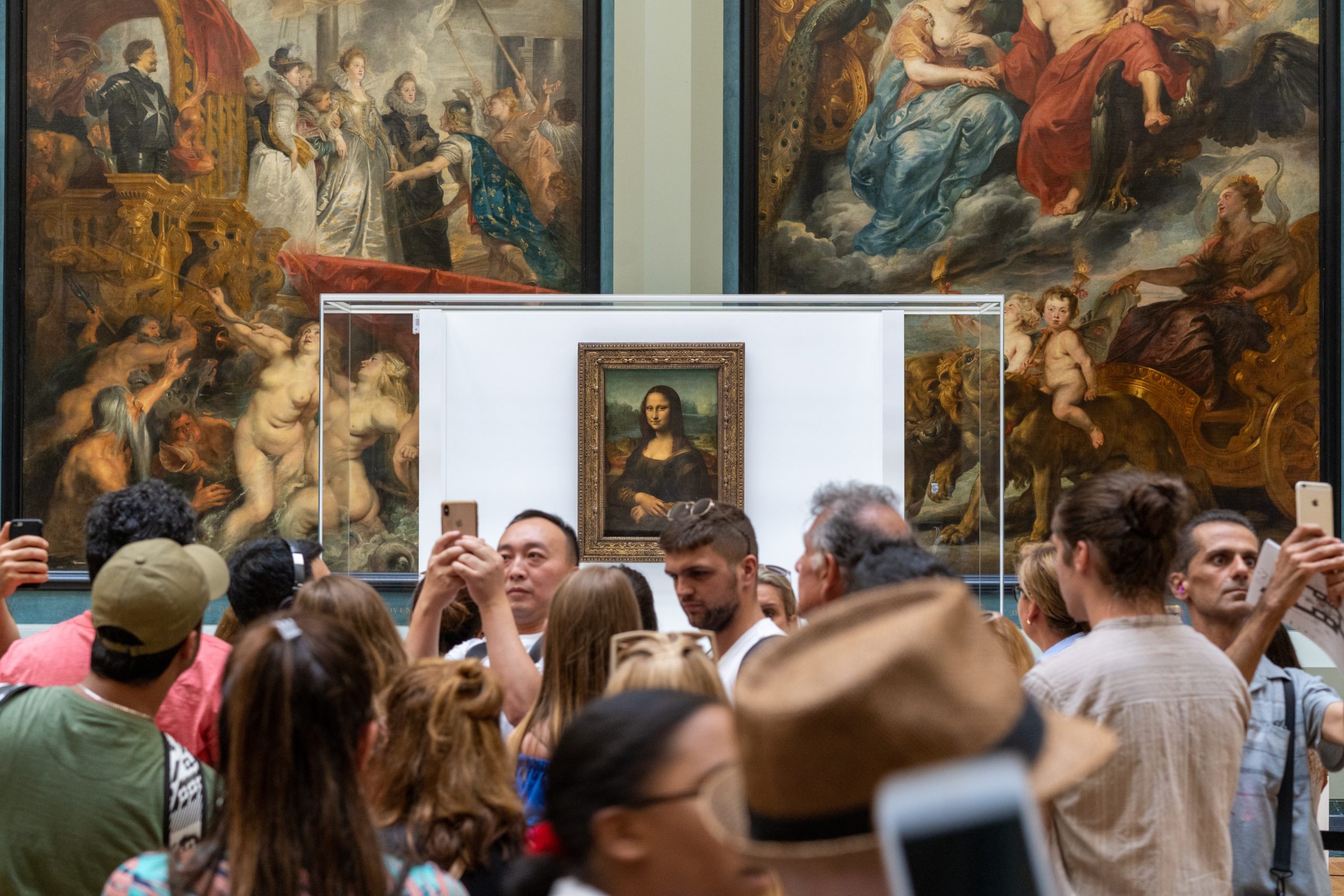Historical portraits, with their power to evoke the past and the people who shaped it, hold a special place in the world of art and culture. These visual representations provide us with a direct connection to historical figures, allowing us to peer into their lives, personalities, and even the fashions of their times. From the majestic likenesses of monarchs to the intimate portrayals of everyday citizens, historical portraits offer a precious glimpse into the tapestry of human history. This article delves into the world of historical portraits, exploring their evolution, cultural significance, and enduring allure.
The Evolution Of Historical Portraiture

The art of portraiture dates back to ancient civilizations, where painted portraits and sculpted busts were used to immortalize notable figures. However, it was during the Renaissance in Europe that portraiture truly blossomed as a distinct art form. Masters such as Leonardo da Vinci, Hans Holbein the Younger, and Raphael pushed the boundaries of artistic realism, not merely capturing physical likenesses but also the very essence of their subjects. Through meticulous attention to detail and an understanding of human psychology, these artists conveyed emotions, aspirations, and inner worlds in their portraits.
The Renaissance marked a turning point in the relationship between art and the individual. Portraiture ceased to be solely a depiction of physicality; it became a portal to the subject’s soul. Artists aimed to capture the essence of their sitters, painting narratives that transcended time and space.
The Technological Leap: Photography And Beyond
The advent of photography in the 19th century revolutionized portraiture. This new medium democratized the art, making it accessible to a broader spectrum of society. Now, not only the elites but also the common people could have their likenesses preserved in a realistic manner. This shift marked a transition from commissioned portraits to personal ones, and the notion of self-representation became more prevalent.
Photography introduced a level of accuracy that was previously unattainable in painted portraits. However, this newfound precision also led to a shift in the art form’s purpose. Painters now focused on conveying emotions, stories, and perspectives that photography couldn’t capture. Portraits were no longer about merely documenting appearances; they were about expressing the complexity of human identity.
Social And Cultural Significance
Historical portraits serve as vivid windows into the past, shedding light on the values, ideals, and daily lives of their subjects. Portraits of royals often aimed to convey power, authority, and lineage. These depictions were elaborate, set against opulent backgrounds, adorned with exquisite attire, and accompanied by symbolic objects that reinforced the sitter’s status.
However, it’s not just the elite who are captured by historical portraits. Everyday individuals, too, found themselves memorialized in these works. Such portraits reveal not only the fashion trends of the time but also the diverse strata of society. They provide a bridge to the ordinary lives of the past, offering a counterpoint to the grand narratives often associated with historical records.
Beyond the surface, these portraits also reveal the shifting notions of beauty, gender roles, and societal norms. Comparing portraits from different eras allows us to track the evolution of these ideals and gain insight into the broader cultural changes of each period.
Political And Propagandistic Role
Throughout history, portraits have served as tools of political propaganda, a means of shaping public perception and legitimizing rulers. Portraits of monarchs and leaders were often intended to convey strength, power, and divine authority. These images were widely circulated to solidify loyalty and obedience among subjects.
Consider the portraits of Queen Elizabeth I during the Elizabethan era. The “Armada Portrait,” created to celebrate England’s victory over the Spanish Armada, is a prime example. Through symbolism like the globe and naval fleet, the portrait conveyed not only the queen’s authority but also the nation’s maritime prowess.
Artistic Expression And Style
Historical portraits go beyond mere documentation; they reflect the artistic trends and styles of their respective periods. The Baroque era, for instance, saw portraits characterized by dramatic lighting, rich colors, and ornate details. In contrast, the Romantic period emphasized emotional depth and introspection, with artists like Francisco Goya capturing the complexity of human emotion in their portraits.
Each artist brought their unique vision to their subjects, using composition, lighting, and background to communicate not only the physical appearance but also the essence of the sitter. These creative choices showcase the technical skill and artistic flair of the painter.
Notable Examples

Countless historical portraits have left an indelible mark on art history. Among the most iconic is Leonardo da Vinci’s “Mona Lisa.” Painted during the Renaissance, this enigmatic portrait defies time, drawing viewers into the mystery of the subject’s smile and the intricacies of her gaze.
Johannes Vermeer’s “Girl with a Pearl Earring” is another celebrated masterpiece. This painting captures a fleeting moment of quiet introspection, showcasing the artist’s unparalleled skill in rendering light and texture.
In the realm of political portraiture, Sir Anthony van Dyck’s portraits of King Charles I and his courtiers stand as exquisite examples. These portraits blend elegance with grandeur, capturing the essence of the Stuart court during a pivotal moment in British history.
Conclusion
Historical portraits stand as living testimonies to the past, inviting us to explore the lives, personalities, and stories of those who have come before us. These visual records transcend time, allowing us to connect with historical figures on a personal level. They offer us glimpses into diverse cultures, changing ideals of beauty, and the evolving dynamics of power and representation.
As we study these portraits, we gain insights into the societal norms, artistic styles, and political agendas of their times. Whether it’s a regal monarch or an ordinary citizen, each portrait carries a piece of history within its brushstrokes or photographic grain.
Historical portraits serve as a reminder of the enduring relationship between art, history, and humanity. They capture the human experience in all its complexity, allowing us to appreciate the shared threads that connect us across centuries. As we continue to marvel at these artworks, we bridge the gap between past and present, finding both solace and inspiration in the faces that have shaped our world.
Hey welcome to my blog . I am a modern women who love to share any tips on lifestyle, health, travel. Hope you join me in this journey!

Speak Your Mind